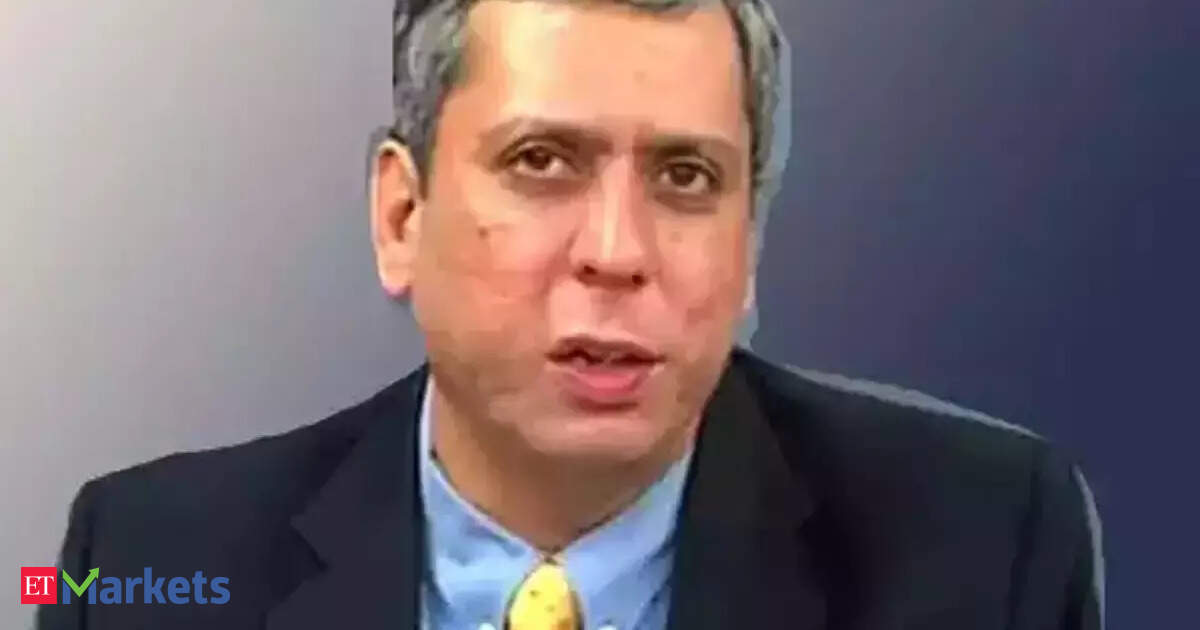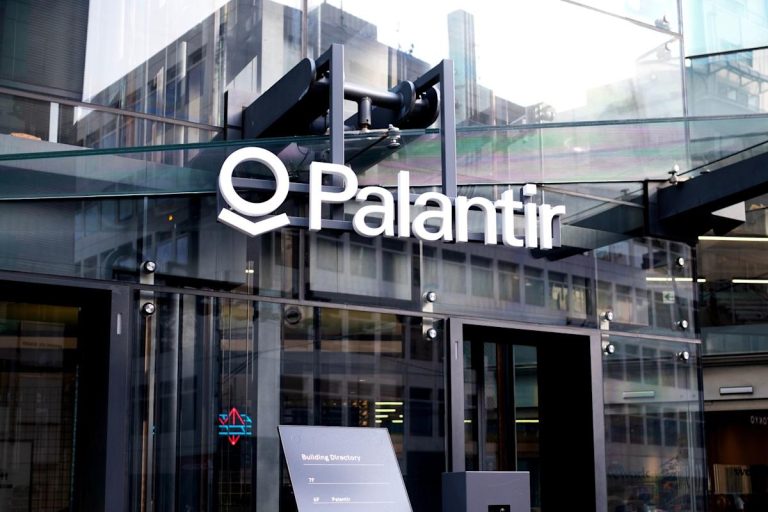Yes, there are a lot of challenges on the global front, and a lot of news flows coming in. The earnings season was something we had high hopes for, but the domestic markets are not getting the support they should. How do you analyse the market at present?
Ajay Bagga: Yes, three major factors were pressuring the Indian markets on Friday. If we look globally, markets were down—MSCI Asia closed 1% lower, MSCI Europe, midway through the session, was down about 0.6%, and MSCI Emerging Markets were down 0.7%. So, the correction was broad-based.
The reason behind this is, firstly, the strong recovery from April onwards. We saw a dip approaching the July deadlines, which were then rolled over to August 1st. As we approach that date, markets are reacting to the heavy news flow expected next week, including the Fed meeting and the August 1st deadline. Global markets are a bit cautious, and Indian markets are reflecting that.
Yes, this is the fourth consecutive week of decline for the Nifty, largely driven by FPI selling, which is more due to valuation concerns. Nifty’s one-year forward P/E is still around 23.5 times. The expectation was that, given last year’s slowdown from March to September, this year’s June YoY numbers would benefit from the base effect, and we’d see double-digit overall earnings growth—but that hasn’t materialised.
So far, there have been broad disappointments—except perhaps refining margins, which have performed better. But overall, margins have declined across most sectors. Even in banking, we’ve seen higher provisions and lower margins due to rate cuts. So overall: disappointing earnings, high valuations, and unsupportive global cues—that’s the current story of the Indian markets.
Let’s focus on sectors now. I know it’s a very stock-specific market right now, and the earnings season is clearly influencing market trajectory and stock movements. That said, given the FTA between India and the UK, are there any specific sectors on your radar where we might see continued momentum next week? Or do you think the market has already priced that in? Also, are there any other sectors worth focusing on next week?
Ajay Bagga: It’s a confusing market. Let me give you two quick examples.First, pharma. Despite President Trump promising tariffs on pharma by the end of the week, we saw a rally in the sector on Friday. That’s puzzling, as pharma is one of the sectors most at risk this week.Secondly, look at the broader market: ₹1.5 lakh crore worth of shares have been offloaded by promoters and PE funds with minimal impact cost. The market has absorbed it. The primary market is in a frenzy—we are headed for a historic high in fundraises. The QIP for the biggest bank came in at ₹25,000 crore and attracted bids worth over ₹1 lakh crore.
So, there’s ample liquidity and appetite. Retail investors are providing an exit to FPIs. It’s a bipolar market—retailers are buying while institutions are exiting, and that sentiment is keeping the market resilient. When this sentiment shifts—and a big trigger could be the India-US tariff announcement expected around mid to late August—there could be a major FPI short squeeze (currently 85% net short).
So, I wouldn’t recommend shorting this market. I’d recommend having faith in it. We’ll see better days once the uncertainty around US tariffs is lifted.
Regarding the UK FTA, the UK Parliament has approved it, but it may take a year to implement. So, let’s wait and see. It’ll benefit labour-intensive sectors like textiles, leather, gems and jewellery, small machinery, chemicals, organics, and seafood. Indian professionals working in the UK on short-term visas could save an estimated ₹4,000 crore annually—a significant sum.
Overall, it’s a positive development, but the markets haven’t reacted much yet—possibly because implementation details are still unclear, and the UK Parliament has yet to finalise it.
I’d like to discuss the auto sector now. Since the India-UK FTA doesn’t have a major impact on the Indian automobile sector, what’s your view on this segment—be it auto OEMs or auto ancillaries?
Ajay Bagga: It’s surprising how auto stocks started moving up mid-week. I was taken aback because the fundamentals are quite weak. Demand is suffering. The only bright spots are tractors and possibly two-wheelers.
In India, there’s a divide: urban consumption is still challenged, while rural consumption is relatively strong. So, auto companies that cater to rural markets will do better. Tractor sales are expected to cross 1 million this year—that’s a good sign, and we should see better margins for tractor manufacturers.
Two-wheelers—particularly motorcycles—are mostly sold in semi-urban and rural areas (60-70%). They should perform well. Once the harvest season arrives in October, we could see further recovery.
However, the rest of the segment is under pressure. We’re facing risks from Chinese rare earth exports—EV production has already been cut in July and could halt in August if we don’t get essential components like magnets.
On top of that, the Trump tariffs—25% on auto and auto ancillaries—are already in place. Global auto majors like Volvo, Volkswagen, Stellantis, and GM have each estimated earnings hits between $500 million and $1 billion due to these tariffs. So, it’s hard to see how smaller Indian players will escape the fallout.
I wouldn’t bet on the auto segment just yet—unless India secures a carve-out similar to Japan’s 15% tariff. If we get that, auto stocks could rally. But as of now, it’s a binary and difficult decision. Fundamentals are weak, but news flow could flip the story.
So, I’d say: start nibbling slowly, but wait till August. Once there’s more clarity on India’s tariff treatment, especially from the US, we’ll have a better sense of direction.







